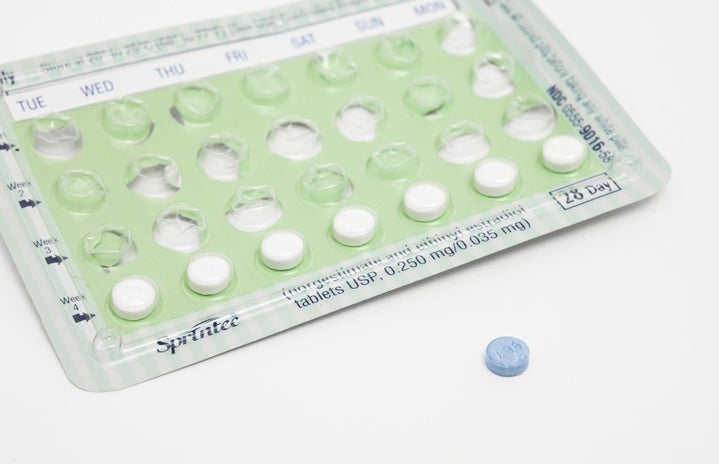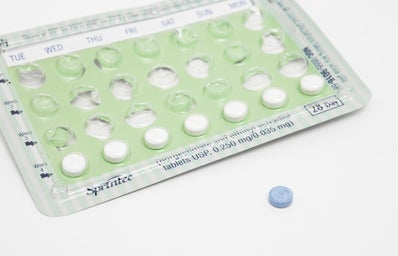Aside from spending time with family and relaxing away from the stresses of school, my breaks at home are represented in my mind also by something a little less fun: appointments. From getting four-month’s worth of split ends cut off at my home hair salon to making sure I’m still healthy at my local doctor’s office, I always cram all my appointments into my leisure time at home instead of trying to fit them into my busy school year. Usually uneventful, I came out of one of my appointments over Winter Break with an exciting new idea; my physician suggested I get an IUD (Intrauterine Device).
via: Mirena
Having been on birth control pills for years and being used to taking them, I had never really considered trying another method (e.g. implants, shots, or IUDs). Although I’ve never minded taking the pill, the idea of not having to take one every night and of possibly not having a period was tantalizing. After my doctor’s appointment, I researched the various types of IUDs, the benefits and drawbacks of having one. I ultimately decided to get a hormonal IUD, with the hopes of my period being lighter, of having super effective birth control, and of having a birth control method I would barely have to think about for years. Once on campus, I made an appointment at Planned Parenthood Durham for the insertion.
via: Planned Parenthood
Related: 5 Things you Should Know about Trump Lifting the Birth Control Mandate
My excitement about my decision quickly dwindled, though, as the appointment got closer. I talked to friends about others they knew had gotten IUDs (“isn’t it supposed to really hurt?”) and read horrifying articles online (I’m looking at you, Cosmo) about the pain during insertion. In the days leading up to the appointment, I could barely think about it without getting a bit of anxiety; I thought it was going to hurt like hell.
My fears subsided, though, when I reached the center. I didn’t know what to expect, never having been to a Planned Parenthood before, but I was welcomed by friendly and knowledgeable staff that made me feel comfortable. I was made even better aware of the advantages and disadvantages of an IUD, and got a thorough description of what would happen during the appointment.
Then, the moment of truth came: insertion time. Almost shaking with nervousness, I was expecting to feel the worst pain I’ve ever felt in my life. What I mostly felt, though, was discomfort. The pressure of the instruments just felt really, really weird. Aside from an initial pinch at the beginning, the most pain I felt during the process was the actual insertion of the IUD, which felt like 30 seconds to a minute of intense period-like cramps–way less horrible than I was led to believe. Throughout the process, the doctor completing the procedure described each step–explaining the reason for the discomfort, and letting me know how much longer the whole thing would take.
via: Pexels
After 6-8 minutes, I couldn’t believe it was done. It didn’t hurt nearly as bad as I thought it would, and the doctor made it seem so easy. What was the most unbelievable, though, was how that short period of discomfort gave me reliable birth control for the next six years.
The few days after my appointment hurt almost as much as the appointment itself did. I experienced serious period-like cramping, which subsided more and more as time passed after the insertion. I bled (spotting) quite a bit the day of the insertion, but barely at all the day after. I took ibuprofen and lots of naps the first few days after, and tried to let myself take it easy.
All in all, I’m very happy with my IUD experience so far. I can’t speak to all the advantages and disadvantages–I’ve barely had it for a week– but I’m so excited to have a reliable, super convenient birth control. The discomfort of the appointment was more than worth it, and I’m so glad I considered changing my method. Although I was happy with my birth control pills, I’m thankful my doctor recommended a switch to something more convenient with my lifestyle, and that Planned Parenthood made the process so easy.


